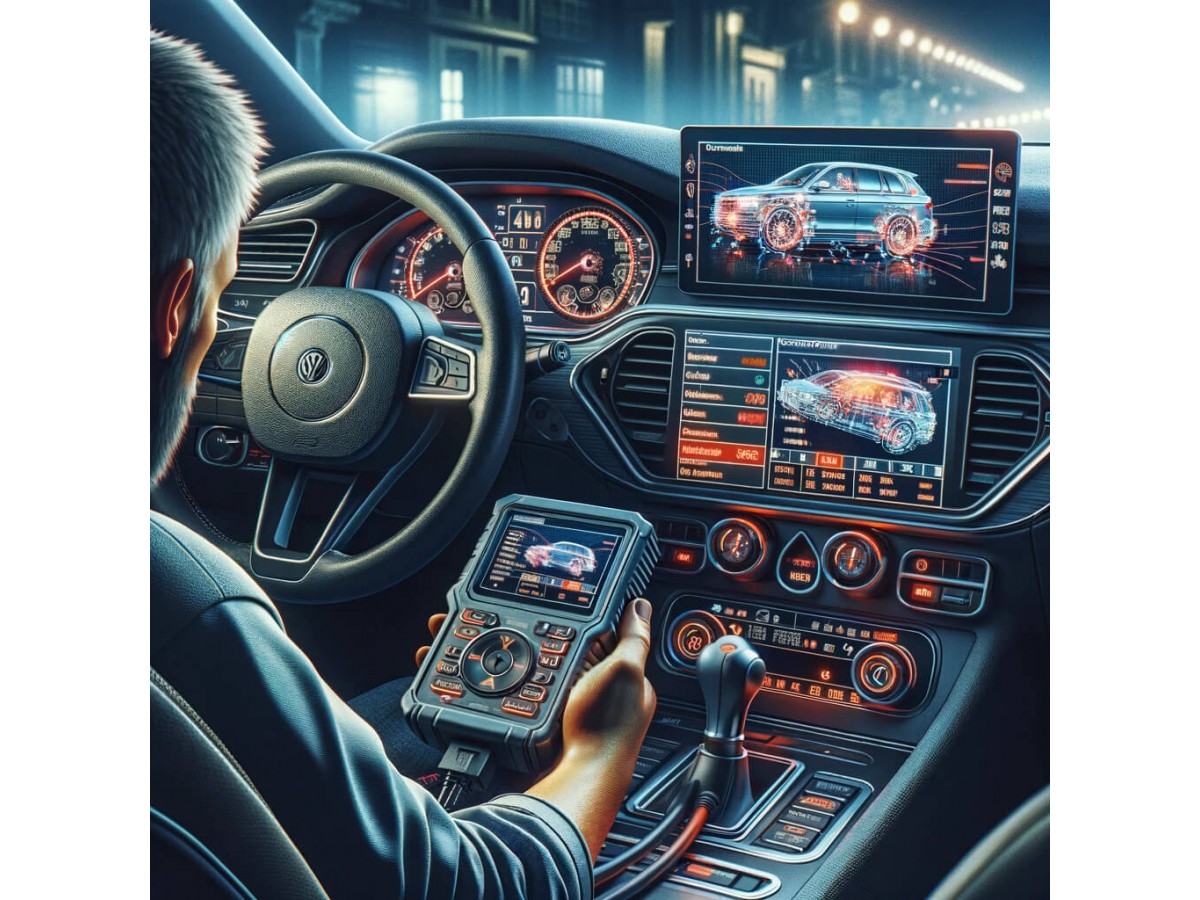The odometer or an odograph is far from being the most flashy of all controls on the modern-day car dashboard, but it does an important job: it shows the travel distance and counts the total miles driven by a car, or, as some say "mileage".
First odometers as we know them appeared in the first cars in the 20s of the last century. At the same time, when the mass production of automobiles began. Since then, odometers have their respective place on all dashboards.
HOW DOES THE ODOMETER WORK?
Odometers work by counting wheel rotations. Rotations are converted to conventional miles and kilometers with a numeric indicator on the dashboard. In the past, the car’s odometer had a purely mechanical design with a drum meter.
Since the 80s, engine systems started to shift towards electronic sensors and engine control units. Instead of cables and reducers, now came logic boards. Along with it, the design of the odometer evolves. Speed and mileage recording systems begin to get rid of mechanical parts. Daily and total mileage indications now appear on liquid crystal displays, with good old drum meters now become obsolete. The methods of “busting miles” have also changed over time.
CLOCKING OR MILEAGE CORRECTION
The thing is that with the newer car models, the mileage data is recorded not only in their ECU, but also in a bunch of other different modules: the engine control unit, gearbox, ABS modules, SRS Airbag (airbags), navigation control unit, and many others (it would probably take another article just to list them all). This makes it erasing the mileage data way more difficult.
Manufacturers don't resort to such complications for the sake of creating obstacles for third-party intervention (they do not care about the intrigues of the secondary market). They do it for their own service needs, so they could respond to emerging malfunctions in numerous control units more effectively. Today, some models already have up to 14-15 possible units for backing up and storing mileage data.
To correct the mileage, a skilled technician needs to take care of each one of those units. Otherwise, one day the real mileage will inevitably jump back to the dashboard. If you are lucky, you will come to the right place, where competent engineers who use the appropriate equipment, and know the correct sequence of this procedure, will clean out all the unnecessary mileage. This work can be painstakingly slow, could take days to complete (depending on the car model), and often requires a lot of cash.
WHY USE A MILEAGE STOPPER?
So this is part where our Mileage Stopping devices come in. Instead of dealing with a complicated mileage correction process that may yield an unreliable result, there is a cheaper and convenient solution. With a Mileage Stopper device (that is also known as Stop Filter, Mileage Blocker, etc.) you can stop the mileage in all electronic units of the vehicle! And if you need a working odometer, you can turn the device off.
These devices are very suitable for newer cars with low mileage, so you do not have to clock it in the future. But they fit most cars manufactured in the last decade or so. By setting it up, you can cut the mileage in half or stop it altogether. As a result, you will be able to get 50-60 thousand miles on the odometer instead of 100 or 200 in a 2 or 3 year period. In the end, you will be able to sell your car at a better price or get a larger insurance claim if you get into an accident.
HOW TO INSTALL A MILEAGE STOPPER?
The Mileage Stoppers are usually installed behind the dashboard via a CAN bus. Most of the time, installation does not require any special skills, so you can do it yourself. Take the instrument cluster out, connected the device, put the cluster back in, and you are good to go.
Installing the device behind the instrument cluster makes it practically invisible for others. While you can control the device by using buttons on the steering wheel or the function levers.
WHERE TO BUY A MILEAGE STOPPER?
We offer devices suitable for a wide variety of cars manufactured in the last decade. We are not resellers. We put a lot of work and effort into research, development, and testing all of the items we have in our store. And we are ready to ship them to any part of the world.

